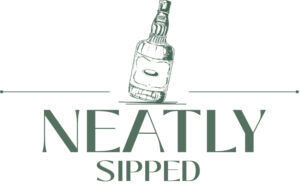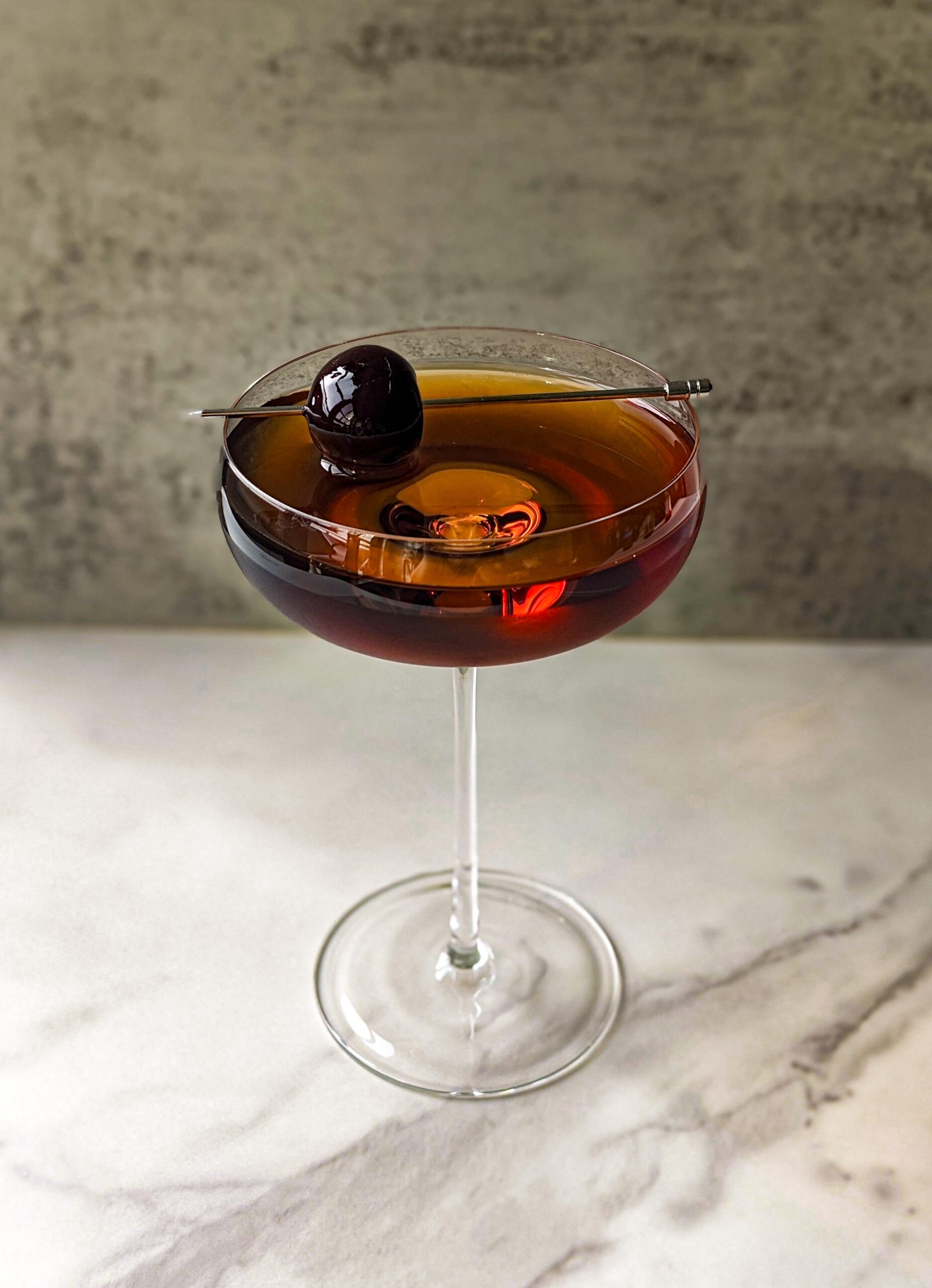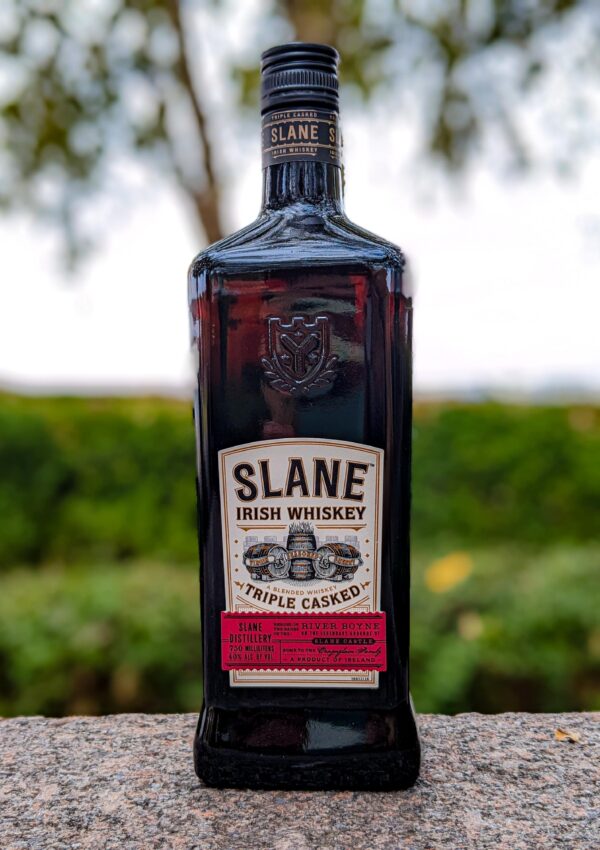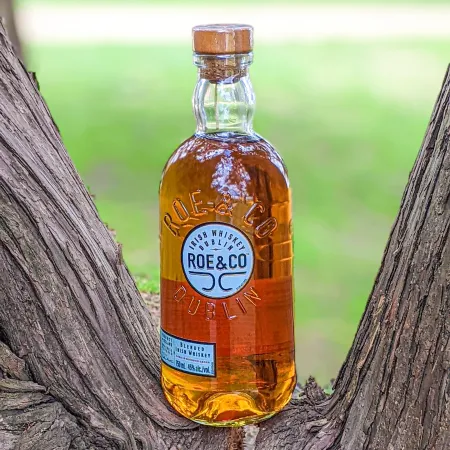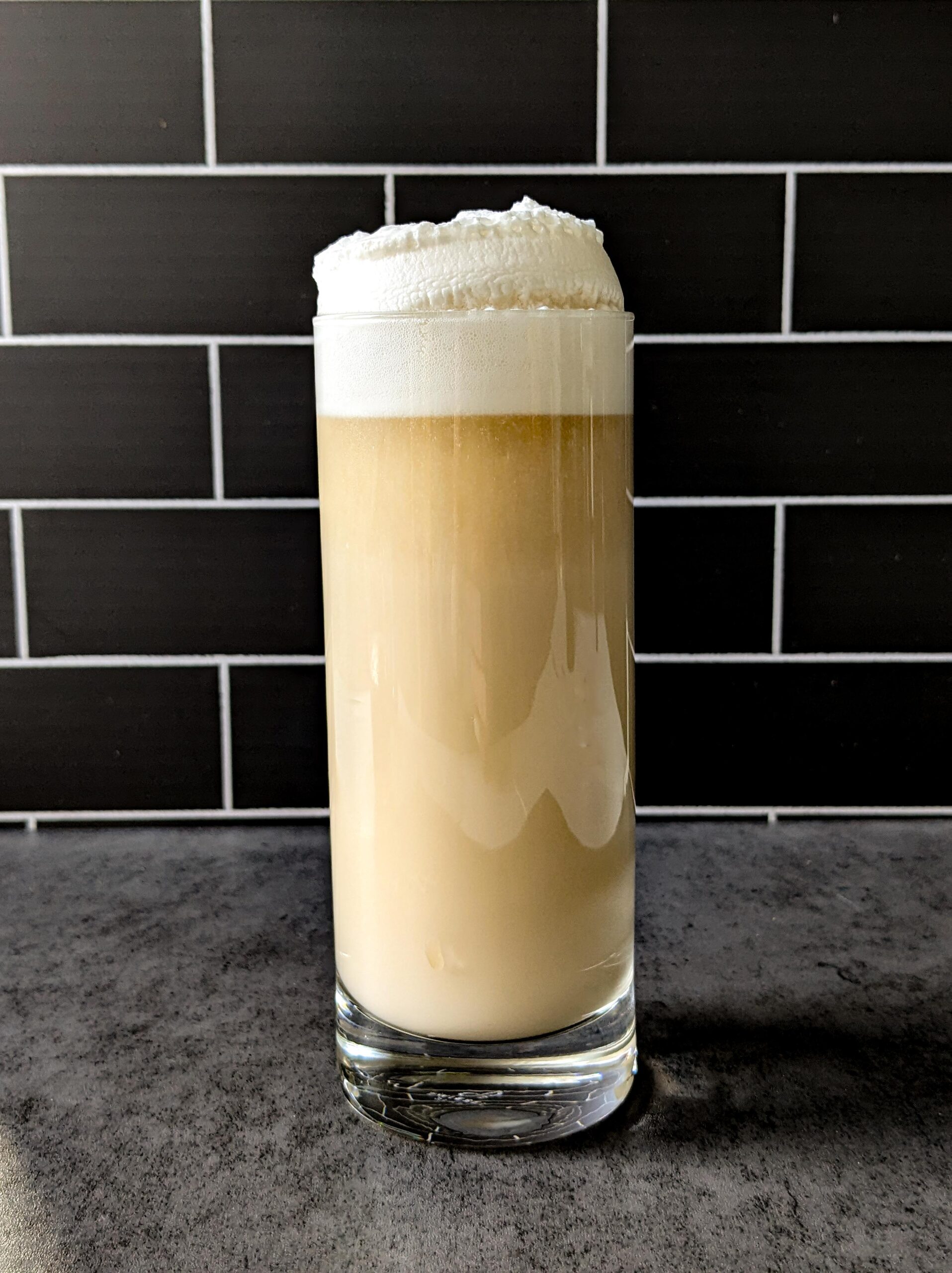
Long before the birth of bourbon, distillers across Scotland and Ireland were mastering the art of whiskey. In fact, whiskey production across both countries started as early as the 15th century and well, never really stopped. However, while the United States might still associate Scotland with the art of Scotch whiskey, beer is now more commonly associated with Ireland. But the Emerald Isle is much more than kegs of Smithwick’s or pints of Guinness – It’s a country that loves whiskey.
Then why don’t we know more about Irish Whiskey? Well, like so many other whiskey woes, you can blame Prohibition. Prior to the United States’ ban on alcohol, Irish Whiskey was the most popular whiskey in the world and hugely popular with Americans. Once Prohibition was in place, the Irish Whiskey distilleries lost a major market, while also dealing with the Irish Civil War and the Temperance Movement at home. By the time Prohibition was repealed, Scotch makers had a powerful position to claim the American market and did. By the 1960s, only three Irish distilleries remained, with Jameson as the biggest player in the United States.
And so, for a while, that was that. American whiskey lovers drank bourbon, imported Scotch, and chalked up Ireland to the land of Guinness and Jameson. However, in the last decade all of that has changed. Suddenly, Ireland has transformed from a tiny island country of 4 distilleries to one with 45. This newly called “Irish Whiskey Renaissance,” is churning out new whiskies, new methods, and new products amidst the already growing global whiskey game.
So, we figured it’s time to learn exactly what makes Irish Whiskey, Irish Whiskey. Here’s everything you need to know about the Emerald Isle’s whiskey gems.
What is Irish Whiskey?
Unlike the strict requirements for making bourbon, Irish whiskey production is a lot more forgiving. However, that’s not to say it’s without its rules. The Irish Whiskey Act of 1950 set guidelines for the country’s whiskey, which have been maintained ever since. In order for a whiskey to get the “Irish Whiskey” badge of honor, the following criteria must be met:
- Produced and aged entirely within Ireland
- Made from grains
- Fermented using yeast
- Distilled at maximum to 189.6 proof
- Aged in barrels for at least three years
- Contain no added substances, other than the occasional caramel coloring.
For most distilleries, these rules translate to a whiskey that’s aged for three years in Ireland, made from barley (unmalted or malted), distilled in copper pot stills, and bottled around 80 proof.
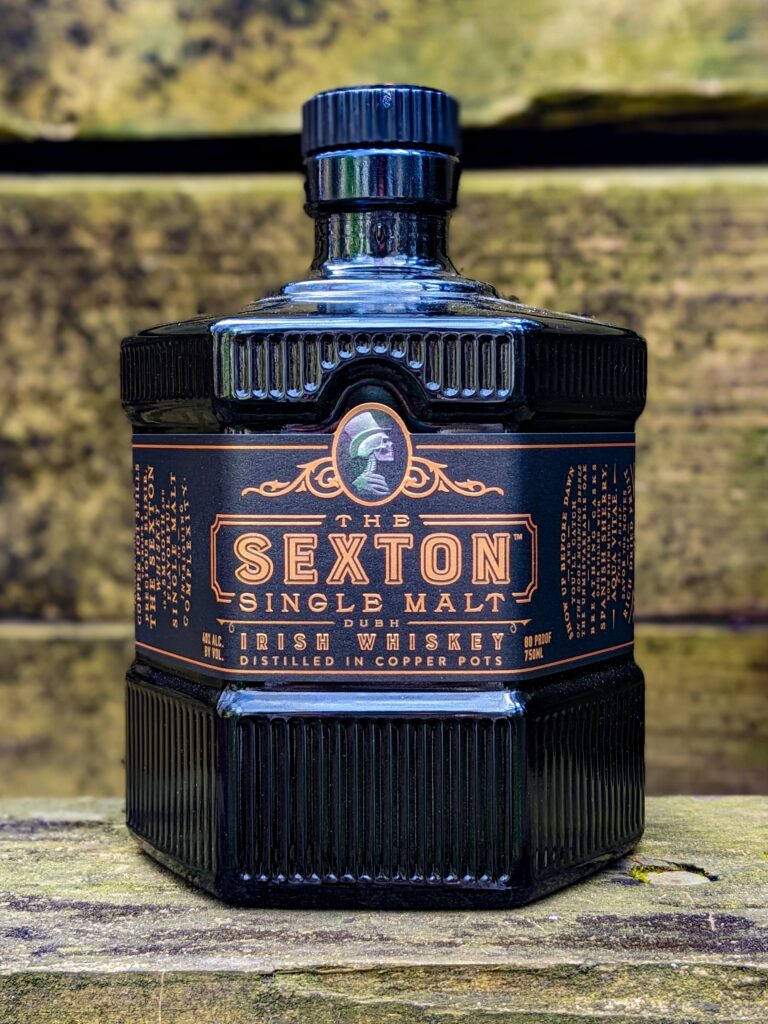
Types of Irish Whiskey
Just like bourbon, rye, or Scotch, not all Irish whiskies are the same. There are four types of Irish whiskey:
- Single Grain Irish Whiskey – The “single” in this type doesn’t refer to “one single grain,” but rather the distillery. Single Grain whiskies are produced from one distillery and are made from a mix of grains like barley, corn, and wheat.
- Single Malt Irish Whiskey – The Single Malt classification can apply to other whiskies, like Scotch, but a Single Malt Irish Whiskey is any Irish whiskey that was produced at a single distillery in a pot still and is made from 100% malted barley.
- Single Pot Still Irish Whiskey – Unique to Ireland, this Irish whiskey type is also made in pot stills from one distillery, but can be a combination of malted and unmalted barley.
- Blended Irish Whiskey – As you might guess, this type is created by blending at least two Irish whiskies together. It also happens to be the most common type of Irish whiskey.
What Does Irish Whiskey Taste Like?
Irish whiskey is known for being light, smooth, and easy to drink. While whiskies will vary in taste depending on the distillery and product itself, you can normally expect sweet notes like caramel and vanilla, as well as rich oak flavors.

Popular Brands of Irish Whiskey
For the longest time, the Irish whiskey game was run by four major distilleries: Bushmills, Cooley, Dingle, and Midleton. The big four still have claim to a major share of Irish whiskies, but the options are ever-expanding. Here are a few both old and new brands to know and try:
Midleton Distillery
- Jameson – Definitely the winner of the Irish whiskey popularity contest. Jameson is a blended whiskey that dates back to the 1770s.
- Redbreast – Known for its high age statements, Redbreast is a single pot still whiskey. Perhaps the most popular of this collection is Redbreast 12.
- Green Spot – Green Spot is a single pot still whiskey that comes from the Midleton Distillery, which is the same distillery that produces Jameson.
Cooley Distillery – Now owned by Beam Suntory
- Connemara – For Scotch lovers, start with the Connemara. It’s a peated single malt whiskey that’s also available in a cask strength and a 12 year whiskey.
- Tyrconnell – A single malt whiskey that’s double distilled. This whiskey brand also has deep roots in the horse racing world.
Bushmill Distillery
- Bushmills – Bushmills has a full collection including blended and single malt whiskies.
Other Irish Whiskies
- Knappogue Castle – This independently owned distillery is all about single malt Irish whiskey with a 12, 14, and 16 year old option.
- Roe & Co – Brand giant Diageo includes powerhouse brands like Johnnie Walker, Bulleit, and relevant to this conversation: Guinness. Now, it’s added Roe & Co as its Irish whiskey, named after the famed 19th century distiller George Roe.
- Sexton – Women who love whiskey, rejoice: Sexton is one of the only Irish whiskies around that’s made by a female master distiller. It’s also a single malt that’s aged in sherry casks for a fruity and earthy flavor.
- Slane – Brown-Forman (of Woodford Reserve, Old Forester, and Coopers’ Craft) joined the Irish whiskey world with Slane. It’s a triple casked whiskey with tons of spice.
- Teeling – The original Cooley Distillery (and empire) was owned by the Teelings, before it was sold off to Suntory in 2012. The Teeling brothers took their profits and 16,000 casks of Cooley whiskey and turned it into the Teeling Distillery. Their collection includes everything from single grain to peated single malt.
- Tullamore D.E.W. – Right behind Jameson, Tullamore is the second biggest brand of Irish whiskey in the world. It’s a triple blended Irish whiskey that also has a long history, since it was established in 1829.
It’s no surprise that Irish whiskey is currently undergoing a Renaissance – in fact, it’s long overdue. This category of whiskey has a long history and now a shiny, bright future. So, the next time you’re strolling through your local liquor store, give Irish whiskey a chance. Whether you drink it neat, on the rocks, or in a cocktail, the Emerald Isle’s whiskey might surprise you.
